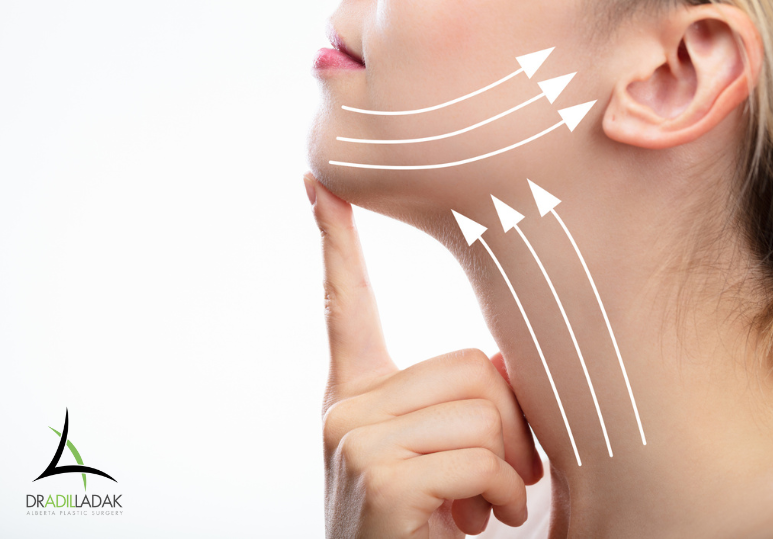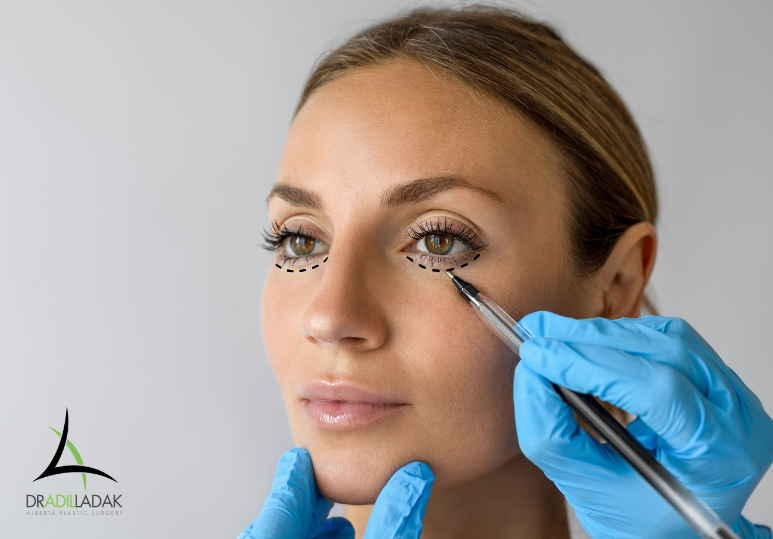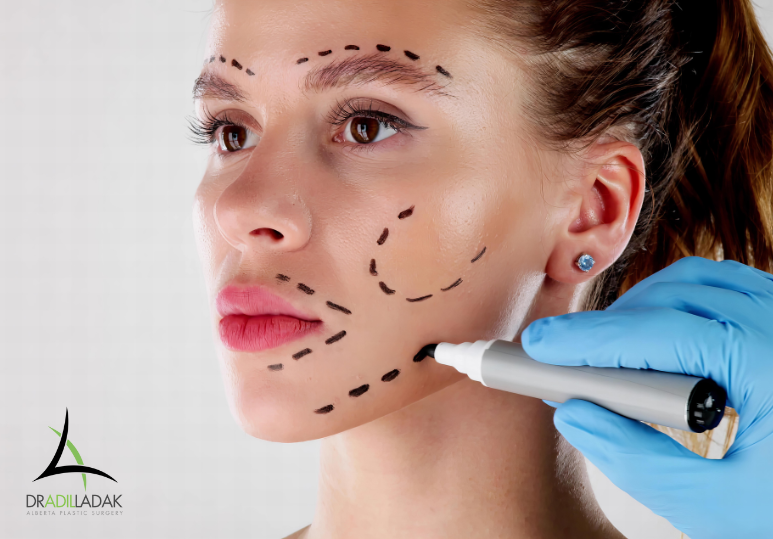Once you’ve decided to have breast augmentation surgery, you’ll find yourself making quite a few more decisions after that. One of the discussions you will be having with your cosmetic plastic surgeon is:
Which type of breast implants is right for you?
In this article, we'll break down the different characteristics of Saline and Silicone implants as a starting point.
- Saline Implants Are filled with sterile salt water but have an outer shell comprised of silicone. Saline Implants are inserted while empty. During surgery, your doctor will fill the implant with saline. Since the implant is inserted while deflated, a smaller incision can sometimes be made potentially leaving you with a smaller scar post-op (approximately 3.8 cm or 1.5 inches long).
- Adjustable Size – Saline Implants allow you to fill the implants to your desired level and therefore giving you more size options.
Some of the disadvantages to Saline Implants include:
- Firmness – They can feel less natural if they are too firm or if saline levels are high.
- Ripple Effect – Some Saline Implants cause rippling of skin to appear on breasts.
- Look ;Saline Implants can have a round look.
- An Implant rupture would result in complete loss of breast volume - the saline is quickly absorbed by the body.
Silicone Implants: are pre-filled with a viscous, cohesive silicone gel. Silicone implants were temporarily banned by the FDA from 1996-2006 when they were thought to be associated with connective tissue disorders. Silicone implants continued to be the implant of choice in other countries during this time. In 2006, the FDA lifted the ban in response to substantial evidence that silicone implants do not cause connective tissue disorders.
Some benefits of Silicone implants include:
- Natural Look & Feel – This is the main benefit of a silicone implant. The silicone gel allows for a softer feel and a more natural shape and appearance
- No Ripple Effect - Silicone Implants do not have ripple affects that Silicone can cause
- Can Be Used In The Subladular Plane
Some disadvantages of Silicone Implants are:
- Unnoticed Ruptures – In the rare case of implant ruptures, Silicone Implants can be harder to determine because the silicone filler tends to stay localized within the breast tissue.
- Capsular Contracture - Slightly higher incidence of capsular contracture
Consider:
Use this article as a starting point to begin discussions with your Cosmetic Surgeon regarding what may work best for you.Call Dr. Adil Ladak today to schedule a consultation at 780.407.6691





